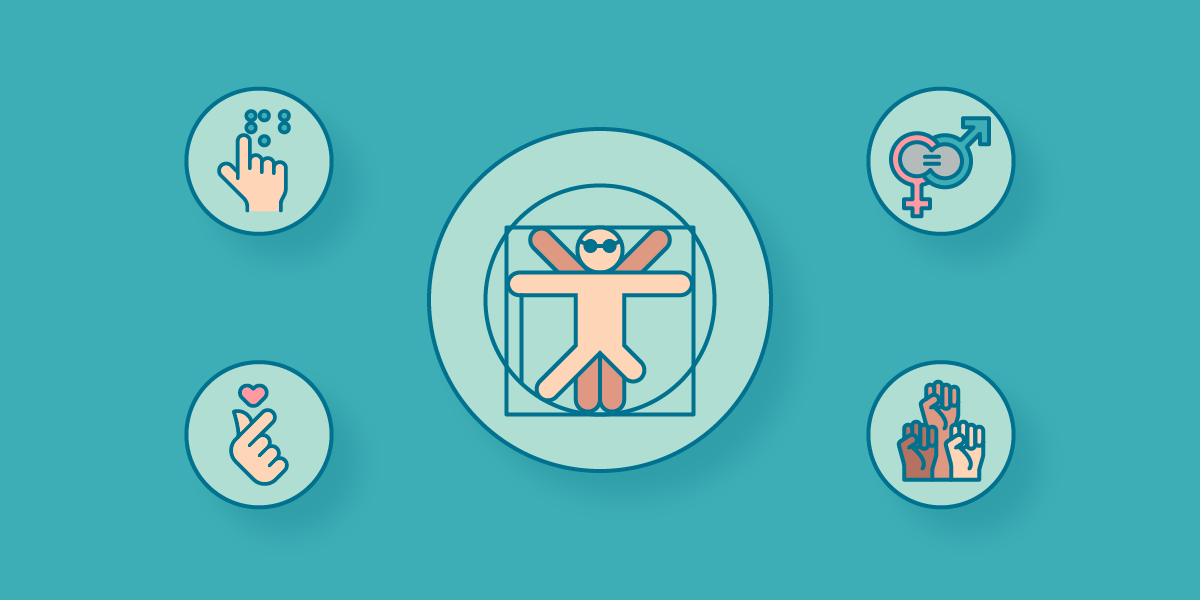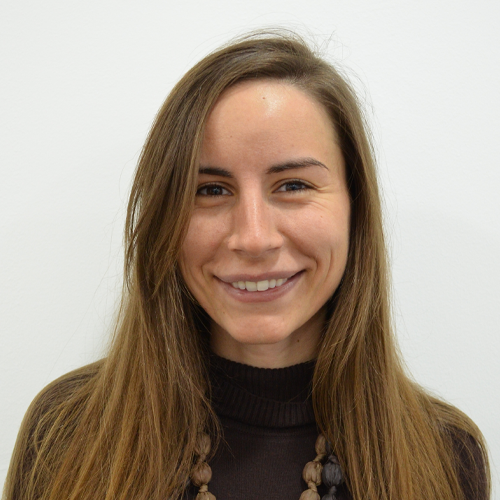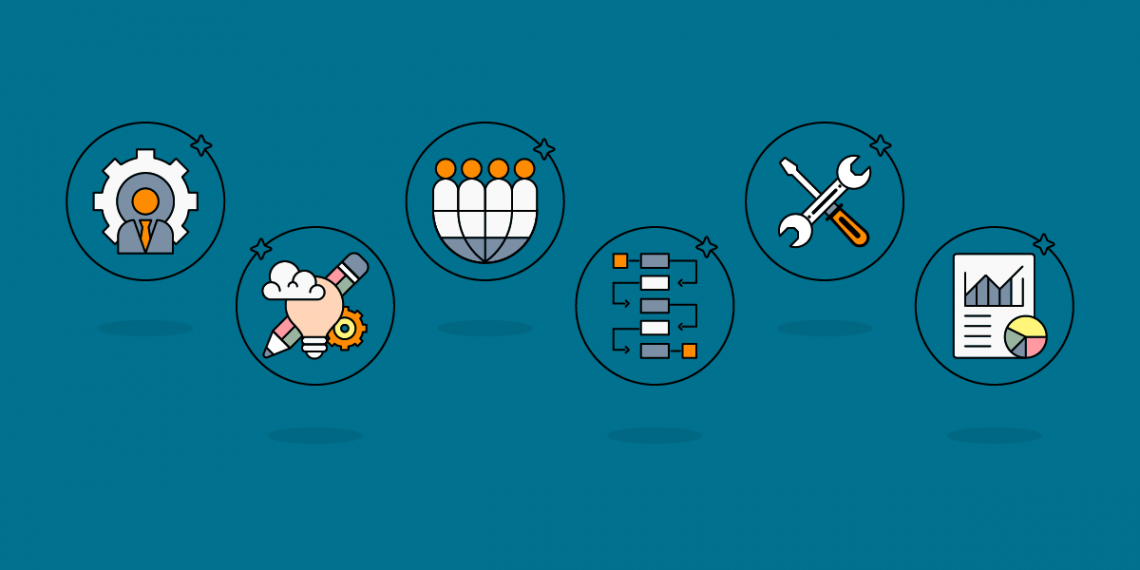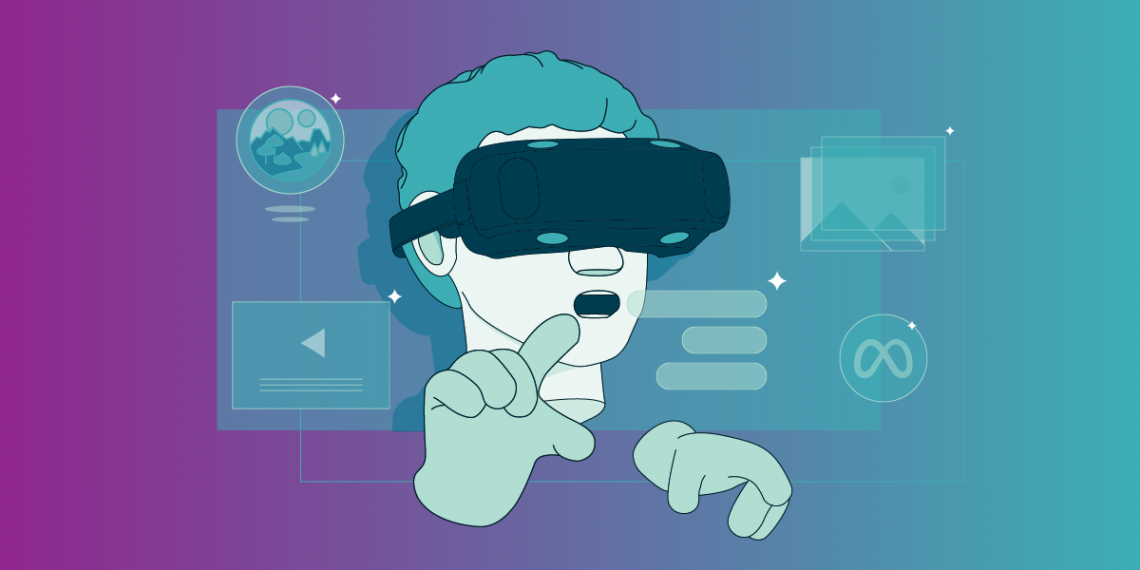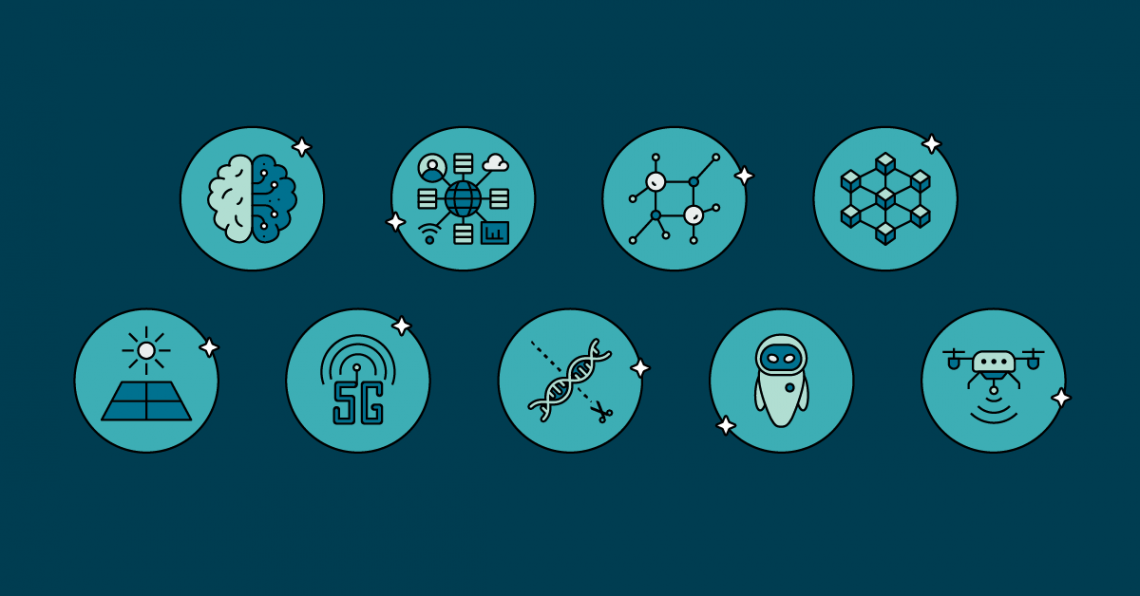What seems to be a minor inconvenience for most can sometimes represent a serious challenge for others. Single point solutions can and will leave out an already marginalized group of people. If you are thriving to become a more innovative business, besides improving your existing products and/or services and developing new ones, try focusing on creating an alternative for the often overlooked segments. This is not only a great business opportunity for you, but it can also mean a huge difference for others. A great design will work wonders for those often neglected groups and their needs and make it easier for them to become included.
No matter your core business, certain groups of people will almost always be left out because of their gender, age, (dis)ability, nationality, race, you name it. The opportunity for innovations is always there if you look hard enough and spot the obvious need for innovation. Let’s take a look at some of the greatest examples of how inclusive product design done right can change peoples’ lives and benefit your business as well.
Inclusivity from an early age
Even from an early age, we are taught that pink is for girls, and blue is for boys; girls play with dolls and boys with building bricks and balls. But not all boys and girls are the same. Lego spotted a huge potential when they realised that their building blocks were favourite toys for a lot of young girls, so they’ve developed slightly girly themed building blocks sets. This didn’t stop girls from playing with their original sets but opened doors to a new segment. To go a step further, in 2021. Lego launched the “Everyone is Awesome” set designed to celebrate the diversity of people around the world, which was inspired by the rainbow flag.
Another all-time favourite toy company, Mattel, has been fighting prejudice against women for a long time now. Although being criticized for creating a false sense of beauty and body size, Barbie has shown that gender isn’t an obstacle in terms of a career and that women can do it all. To fight the prejudice more, Barbie went a step further and released the Barbie Fashionista, celebrating diversity in skin colour, body types, ability, gender, eye shape and colour and different hairstyles.
Teaching children early on about diversity and equality can help create a more inclusive world in the future. Crayola and their Colours of the World set were uniquely designed to represent different skin tones, and hair and eye colours, and another great example of inclusion done right are the American Girl Doll, who was the first to release a doll in a wheelchair in 1996, and Barbie followed in 1997. This was soon followed by other designs/dolls with prosthetics, service dogs and hearing aids. All these dolls are created to celebrate and respect peoples’ differences and to include the ones left out. And another great example of fun and games is Xbox. Xbox is making sure that everyone is included in gaming with their adaptive controller. The design enables kids and adults with a variety of disabilities to finally be able to play games without difficulties.
Making a world of difference
What might be just another ordinary activity such as opening doors, shaving or grocery shopping for most people, for some it is almost impossible. Shampoo and conditioner bottles are quite often the exact same to the touch, with the printed label being the only differentiator. For the visually impaired and blind, there is no possible way to tell apart which is what. Procter and Gamble pay attention to inclusive designing by creating a certain distinction, or a tactile differentiator to make it easier for the visually impaired or blind. For example, the Herbal Essences shampoo and conditioner can easily be distinguished by tactile stripes or circles on the bottle, where stripes represent the shampoo and the circles the conditioner. The Gillette TREO, being the first razor for assistant shaving, is designed to provide more safety, control and comfort to both the caregiver and person being shaved. If we look at other cosmetics and beauty products on the market, we can find more great examples of smart design which have perhaps become unintentionally inclusive thanks to their smart design. For example, Maybelline’s lipsticks are in glossy or matte packaging depending on the lipsticks finish. This can be a great tactile differentiator for someone with low vision, but it still doesn’t tell the colour or shades of the lipstick itself. The same goes for Two Faced Beauty products, where their waterproof line has tiny bumps on the packaging, resembling water, making it easier for the consumer to distinguish it just by touching it.
When it comes to inclusive designing, it is impossible not to mention Smart Design. Having people with arthritis in mind, they’ve designed a special cooking utensils line OXO Good Grips. Their design includes a special rubberized material that is easy to grip on/hold for a person with arthritis.
Now when it comes to inclusive design and campaigns against body shaming, besides the already mentioned Barbie Fashionista, Dove has become a household name and a big advocate against body shaming, empowering women of all body types and skin tones to embrace their diversity. Their body positivity initiative has been empowering women from around the world.
Another household name that has turned the beauty industry upside down is Rihanna, and her cosmetics brand, Fenty Beauty. First to have launched 40 shades of colour, enabling women from across the world to finally find the appropriate skin tone foundation. Now it might sound like a no-brainer, but as we can see, it took years and years for such a line to come out and finally meet the needs of many.
Nobody gets left out
Inclusive design is all about including those groups that are often left out, intentionally or not. When it comes to most everyday activities, lefties often run into obstacles executing trivial activities. The world was mainly designed by the right-handed for the right-handed. But that creates opportunities for innovative products designed especially for left-handed people. Stihl’s left-handed chainsaw is specially designed for left-handed users, to enable more control and safety. Oreo also made their own twist for left-handed people by launching a limited edition packaging with the flap on the right side.
Creating an opportunity for a better future
When it comes to poor and underprivileged children and education, School on Wheels, in the USA, is a non-profit organization dedicated to tutoring. It supports children in need and sees that they get the most out of one-on-one tutoring. On the other side of the world, in India, a real school bus with teachers goes to 3 different cities making sure that around 200 children get their education daily, increasing their chances for a better future. Without these and similar programs, many underprivileged children would be deprived of proper education and left to live on the edge of society.
So many great examples of innovative twists aimed to include people of different colour, races, gender, ability and other distinctions that tend to create divisions. Such innovations can benefit your business in terms of market share, profit and competitive advantage but looking at a bigger picture, even the smallest of consideration of all these excluded groups of people can benefit whole societies. There is always room for improvement and innovations and an unmet need. Inclusivity and accessibility should become an essential part of your every innovation.
And what better way to gather fresh ideas than through Innovation Cloud! We make sure that everybody is included in the ideation process and that you get the most of every idea!


